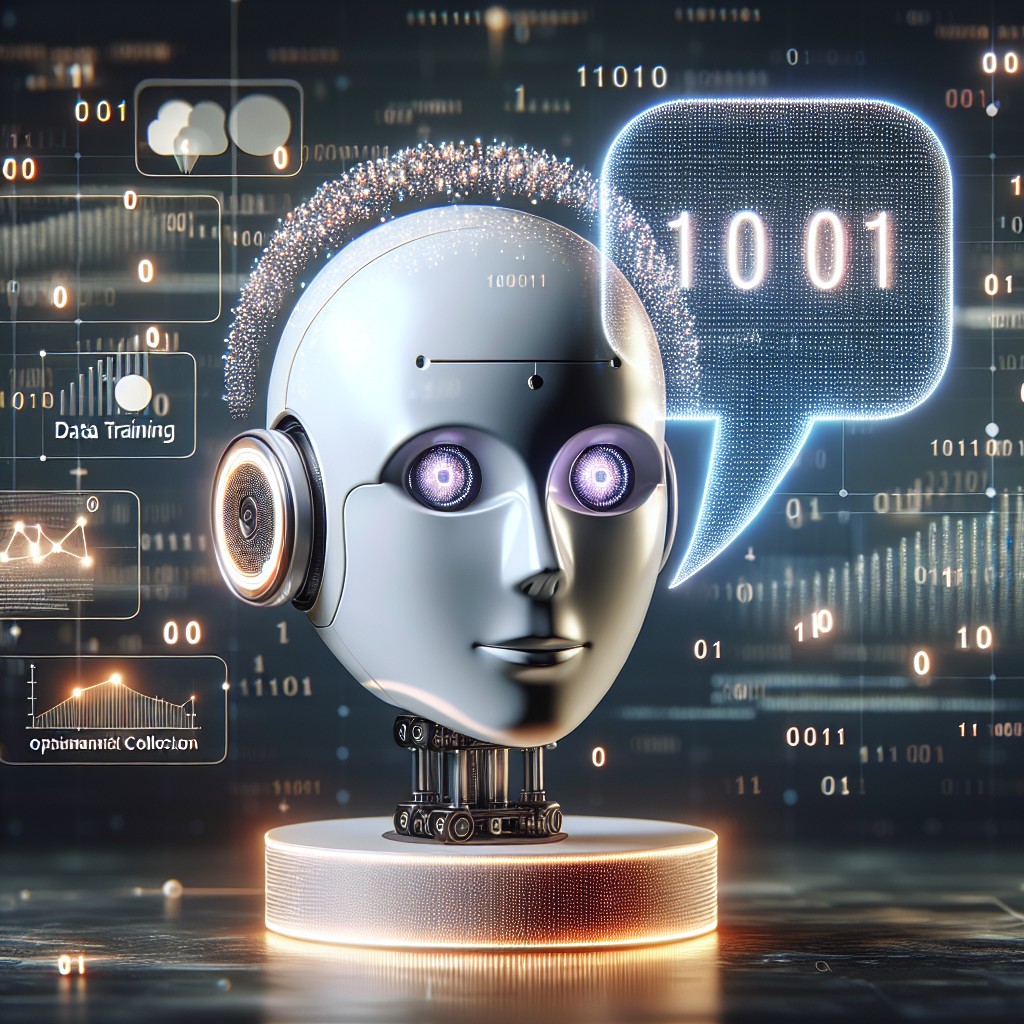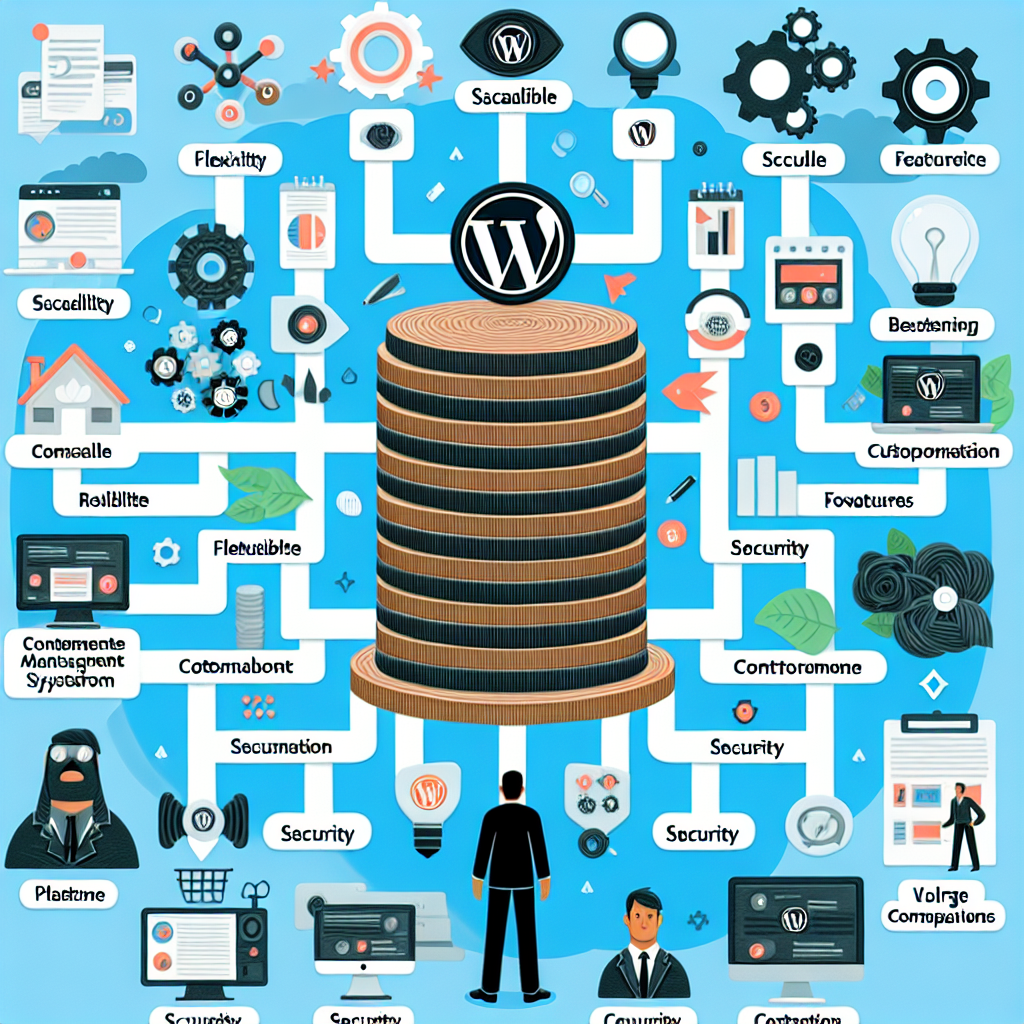In the rapidly evolving landscape of digital communication, chatbots have emerged as indispensable tools for businesses seeking to enhance customer engagement and streamline operations. However, the efficacy of these chatbots hinges significantly on the quality of data they are trained on. This article delves into the critical role that specific data plays in optimizing chatbot performance, exploring the importance of targeted data collection, the identification of key data types, effective strategies for gathering this data, and the analysis techniques that can transform raw data into improved chatbot interactions.
Importance of Data in Chatbot Optimization
The optimization of chatbots is fundamentally reliant on the richness and relevance of the data they are trained with. High-quality data ensures that chatbots can understand and respond to user queries accurately, thereby enhancing user satisfaction and engagement. Data serves as the foundation upon which machine learning algorithms build their understanding of language nuances, user intents, and contextual cues. Without robust data, chatbots can struggle with misinterpretations, leading to frustrating user experiences and diminished trust in the technology. Thus, the importance of data in chatbot optimization cannot be overstated, as it directly impacts the effectiveness and reliability of the chatbot.
Identifying Key Data for Enhanced Performance
To enhance chatbot performance, it is crucial to identify and utilize key data types that can significantly improve its conversational abilities. This includes user interaction logs, which provide insights into common queries and patterns in user behavior, and domain-specific data that tailors the chatbot’s responses to industry-specific contexts. Additionally, feedback data from users can highlight areas where the chatbot may be falling short, offering a direct line to iterative improvements. By pinpointing these critical data types, developers can ensure that chatbots are equipped with the necessary information to handle a wide array of interactions proficiently.
Strategies for Collecting Specific Data
Effective data collection strategies are essential for gathering the specific data needed to optimize chatbot performance. One approach is to implement user surveys and feedback forms that capture detailed user experiences and suggestions for improvement. Another strategy involves leveraging analytics tools to track and analyze user interactions with the chatbot, identifying common pain points and frequently asked questions. Additionally, integrating the chatbot with customer relationship management (CRM) systems can provide access to historical customer data, enriching the chatbot’s understanding of user preferences and past interactions. These strategies collectively ensure a comprehensive collection of relevant data for continuous optimization.
Analyzing Data to Improve Chatbot Responses
Once the specific data has been collected, the next step is to analyze it to derive actionable insights that can enhance chatbot responses. This involves employing natural language processing (NLP) techniques to understand the semantics and sentiment behind user queries. Machine learning models can be trained on this data to recognize patterns and predict user intents more accurately. Furthermore, data analysis can help identify gaps in the chatbot’s knowledge base, prompting the integration of additional information to fill these voids. By systematically analyzing the collected data, developers can fine-tune the chatbot’s algorithms, resulting in more precise and contextually appropriate responses.
In conclusion, the optimization of chatbots is a multifaceted process that heavily relies on the strategic use of specific data. From understanding the critical importance of data in driving chatbot performance to identifying and collecting key data types, each step plays a pivotal role in refining the chatbot’s capabilities. Through meticulous data analysis, developers can continuously enhance the chatbot’s responses, ensuring a more effective and satisfying user experience. As chatbots continue to evolve, the focus on leveraging specific data will remain central to unlocking their full potential in various applications.


